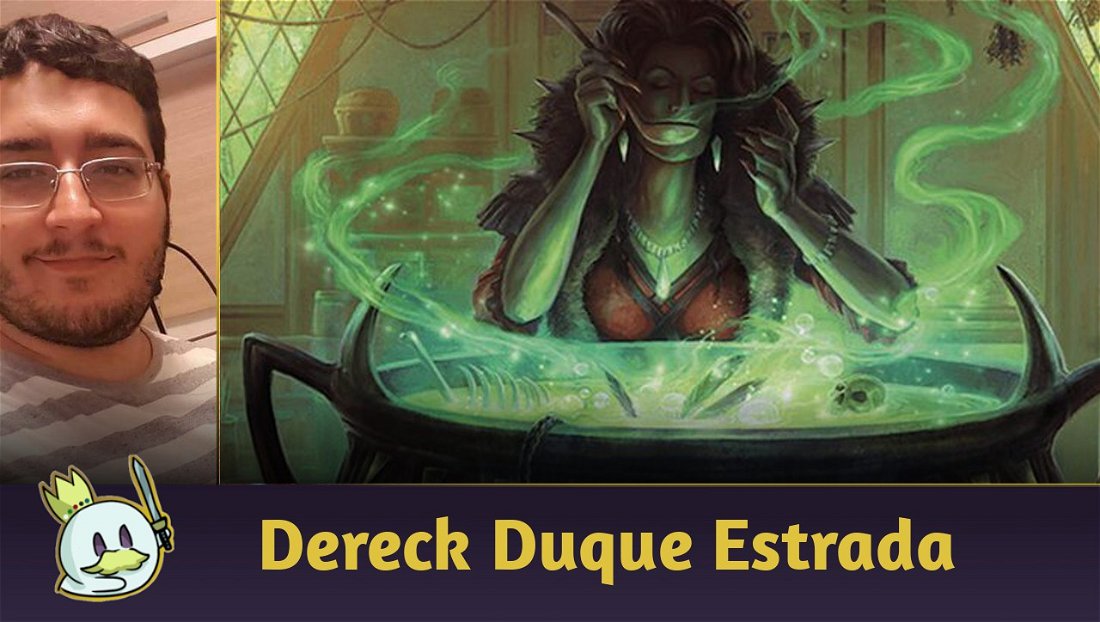Introduction
Today, we are going to look at Pauper's identity, what it was, what it is now and if that is an issue. So, let's dive right in!
What is the Identity of a Format
Every format has an identity; it can't be helped, and it's what they are known for. Older formats, like previous Standard formats, are usually remembered by decks - i.e. Zendikar was a Control meta; everything had to pass the "Jace Test" with Caw Blade or Caw Go, and UB Control and Valakut Ramp were the decks to beat.
However, formats have a fluid identity that can change over time. Legacy is known for its pillars: Brainstorm, Lightning Bolt, Swords to Plowshares and Force of Will, followed up with powerful Planeswalkers and creatures. Modern's Identity at the moment is Modern Horizons 2. Every deck is made of powerful free spells.
A format's identity is extremely important in any card game, especially Magic, in which each format is effectively a different game. Identities indicate to the player base that is going to indulge in the format what they can expect.
What Was Pauper's Identity in the Past
Pauper has always been denoted as a ‘Legacy Lite’, aka, the format with all the powerful spells but not the creatures.
Ramp at the time had Ulamog’s Crusher, which was a laughable threat in other formats. This naturally led to really grindy games. One player lost when either you or your opponent couldn’t find an answer to the last remaining threat.
However, aggressive decks still existed, but they were nowhere near close to the power level we see today. I, personally, believe these play patterns and the strength of Midrange/Control decks was the identity of Pauper.
The Creatures
The creatures always had reasonably powerful effects, but were never truly strong.
Two iconic creatures in Pauper to me will always be Mulldrifter and Spellstutter Sprite, which are now barely playable cards. These were the pinnacle of Pauper due to their powerful effects.

The big bombs of the format were Ulamog's Crusher, a laughable threat for any other formats, and Ramp/ Reanimator strategies.

The Spells
The spells are often why Pauper got the "Legacy Lite" denotation. Pauper has access to all the powerful draw spells, like Ponder, Preordain and Brainstorm, which Modern wasn't allowed. So, this led to the format having great draw spells.
With removal not being Standard-level abysmal, we have Lightning Bolt, Diabolic Edict, Journey to Nowhere and Doom Blade effects.
Overall, the spells in Pauper were powerful enough to not be scoffed at.
The Manabase

This is a strange one, as the manabases have always sucked in Pauper. If you were playing two colors, Karoo lands like Boros Garrison and tapped Duals like Rugged Highlands were the go-to.
Playing two or more colors was a real cost and, when playing mono colored decks, the reward was also having untapped lands, but it was overall a downside as you had to play subpar removal or draw.
The Sideboards
Sideboard cards in Pauper have always been very niche. Red Elemental Blast and Hydroblast effects are as wide as they get. What this meant for the format was if you wanted to sideboard for a deck in mind, you would rarely get cards that will affect the matchup in question and other decks at the same time. To go further into this, the power level of these cards isn't generally as backbreaking as you would expect. For example, having one Life Gain spell or one Hydroblast wouldn't usually be enough to beat an aggressive red deck.
Overall, sideboard cards have been good in the sense that there are sideboard cards to interact with almost any strategy, but you need more than 1–2 slots.
Overall Identity
What all this meant was that the format identity that brought people to Pauper was made of Grindy, Midrange/Control decks that all did their own thing.
You were able to tune it to beat you wanted, and one broken card wouldn't devastate the format due to the constraints on the Manabase. You could try these new wild cards that were printed in the latest set, and you at least got to play the bad unrefined pile to gain a feel for the deck and the new cards.
What is Pauper's Identity Now
Pauper's identity now, especially since the release of Modern Horizons 2, is considerably different. The Grindy decks can grind harder, and the Aggro decks can go under you.
The gameplay identity has changed significantly over the last few years. The best decks, and most decks under those, provide a large threat very quickly in the form of Tolarian Terror, All That Glitters or Monastery Swiftspear, and a bunch of Goblin tokens. Then, they force you to have the specific answer for them, and each answer for each deck is different. If you don't have the answer to that particular card, you lose.
Pauper is a Peasant Home
Pauper over the past few years has had a large influx of not only downshifts, but cards printed as commons which are questionable.

All of these cards can bring up the question of whether they should have ever made it to common rarity, and there are probably a lot more.
This shows to me that Pauper is dictated by uncommons when it comes to the power level and the pace.
Mono Colored Was a Disadvantage
The most significant change in identity to me is the power level of mono colored decks. In previous years, submitting a mono colored deck was not advantageous. You were stating that you are going to attempt to kill your opponent as quick as possible by utilizing untapped lands (basics), but you won't have access to the best cards.
For example, your threat quality and card advantage would be lower in Mono Red, but you would put your opponent under reasonable pressure very early. This has thoroughly changed, because now you need a really strong reason to even run a second color. Mono Red has the best threats, removals and card advantage. Mono Blue can produce the biggest threats at an incredible rate and have the best answers and protection.
So, ultimately, Pauper's identity has become a very fast game, presenting lethal as early as turn 3 and forcing your opponents to answer it in a specific way.
Is Pauper's Identity Change a Problem?
Actually, changing the identity isn't an issue, whether the format is now fast or proactive decks rise to the top. However, getting that understanding from the PFP is crucial from the get go. Having the player base stating how obnoxious these play patterns are when they are part of the new identity is an issue. We need a baseline, a precedent set of what we can expect when signing up for Pauper.
I say this because I am personally not a fan of the Pauper we have now. I don't like the recent downshifts, I don't like the new cards and I think the play patterns are only going to get worse.
What Would I Change
Proper Communication
So firstly, my most significant change is regarding communication and control. I'd like to see the PFP communicate regularly and not ask for our opinions, but communicate a precedent of what Paupers identity is. Are they okay with games regularly ending turns 3 & 4? If so, we need to know.
Does the PFP think it's an issue with all these downshifts being injected into the format? If so, how do they plan to fix it?
Bans
I have always said that the hardest formats to fix are balanced and unfun ones. It is precisely because it is balanced that any changes can skew it over the edge. However, the PFP operates outside Wizard's B&R announcements, so they can ban things and monitor the changes in a matter of weeks and even days if it is that bad!
So, I'd firstly ban Monastery Swiftspear and Tolarian Terror, whilst monitoring All that Glitters decks, with the intent of taking further action in a matter of weeks.
This makes it possible to slow down the format down and take steps in bringing it back to its original identity.
Help
So, the next step isn't on the PFP, but it is on Wizards of the Coast - the PFP really needs help with commons coming to the format. They need to have discussions or a list of decks that need support and help, and really work with Wizards to help inject that support into Pauper.
This is crucial to help the PFP follow the identity they want for Pauper.
Conclusion
I hope you have enjoyed my write-up and thoughts on Pauper's identity.
Until next time!













— Comments 0
, Reactions 1
Be the first to comment